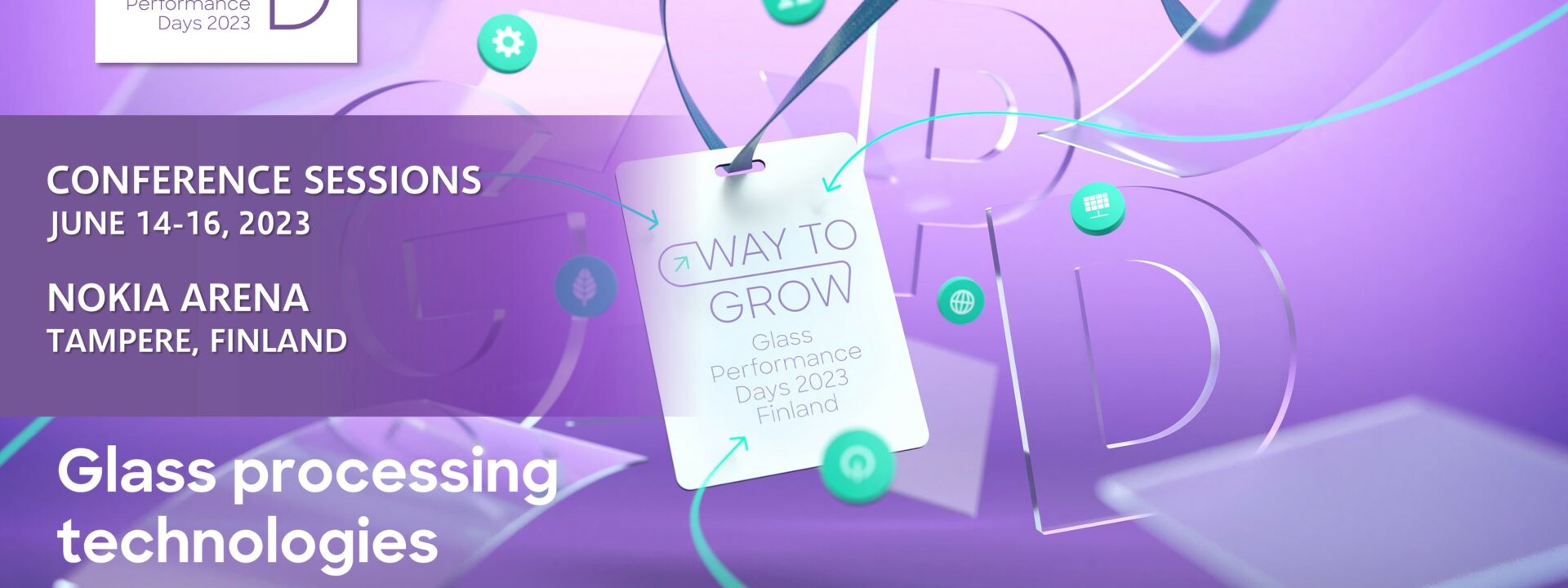
La conferencia Glass Performance Days 2023 presentó una serie de ponencias pioneras sobre tecnologías de procesamiento del vidrio, reuniendo a líderes y expertos del sector para debatir sobre los últimos avances y metodologías.
Esta sección está dedicada a explorar diversos aspectos del procesado del vidrio, como el preprocesado, el templado, la fabricación de vidrio para automoción y el laminado del vidrio. Tanto si le interesan las particularidades técnicas del tratamiento del vidrio como las aplicaciones más amplias en los contextos de la automoción y la arquitectura, estas sesiones le proporcionarán abundantes conocimientos y soluciones innovadoras.
Suscribirse al boletín de noticias de Glastory
Respondemos a sus preguntas sobre el procesamiento de vidrio. Háganos saber sus desafíos y nos comprometemos a hacer todo lo posible para ayudarle.
Comments are closed.